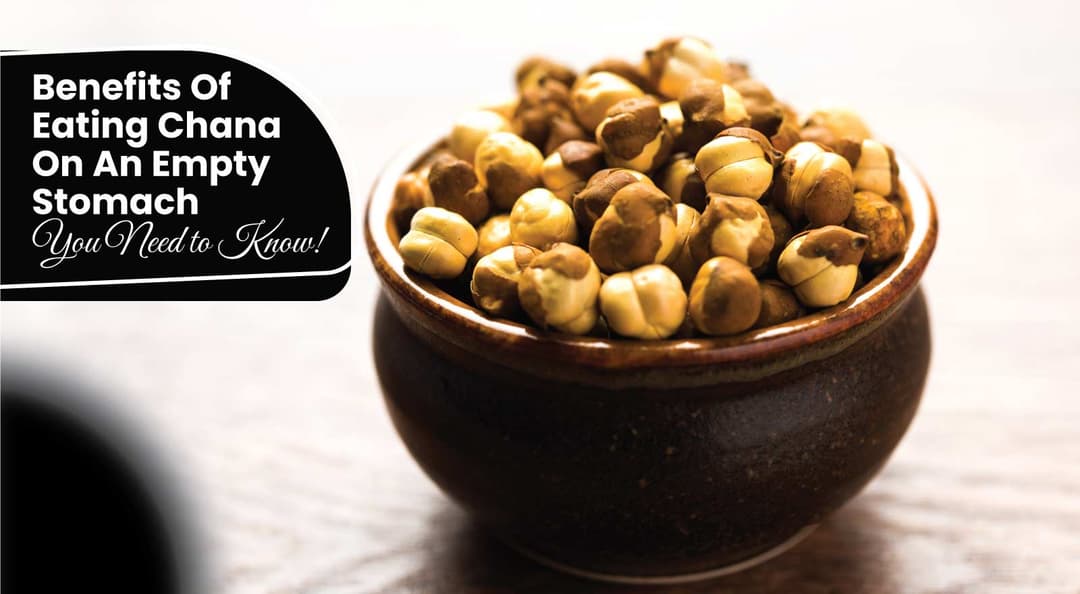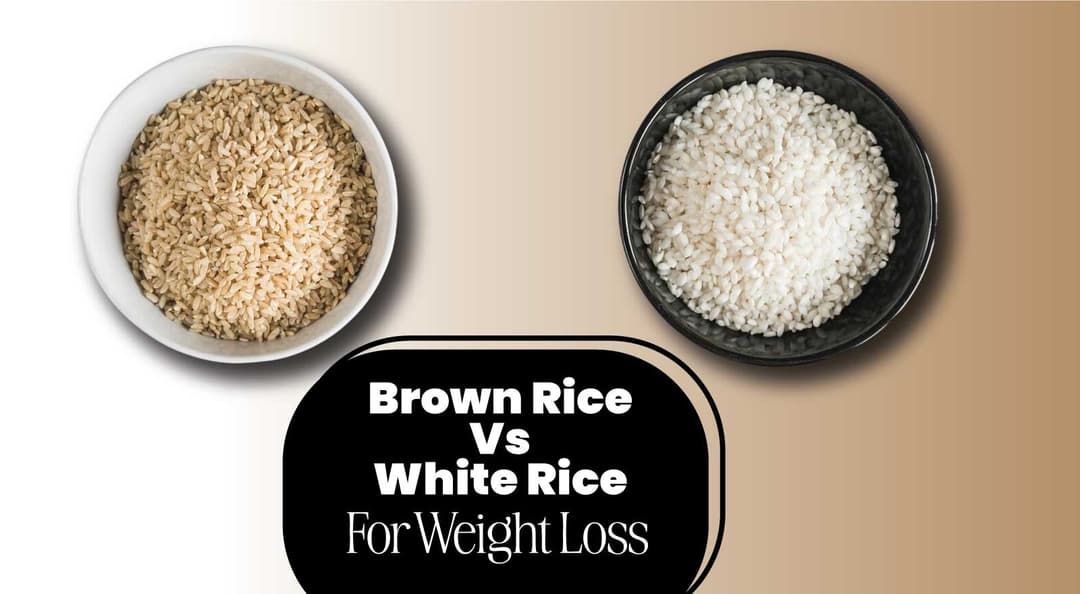Winter is the season of hot chocolate, warm sweaters, cardigans and a pleasant climate. But it is also a period of many potential physical discomforts and health problems. At the top of these problems is getting swollen fingers and feet in the winter.
During the winter, many individuals experience chilblain, which is a condition where one gets swollen fingers and toes due to cold temperatures. This phenomenon is associated with oedema, which results from excess fluid trapped in body tissues.
While medical interventions can relieve swelling, natural remedies can also provide relief. Many individuals notice physical changes, including swelling of the feet and toes.
If you have been wondering about the reasons for this problem and how to manage it, continue reading to understand the causes and ways to deal with winter swollen feet and toes.
Table Of Contents
- Phenomenon Behind Swollen Feet & Fingers In The Winter
- What Causes Swollen Toes In The Winter?
- How Do You Get Rid Of Winter Swelling?
- Expert’s Advice
- The Final Say
- FAQs
- References
Phenomenon Behind Swollen Feet & Fingers In The Winter
Many individuals experience a common problem known as chilblain during the winter. This problem is characterised by skin irritation and swelling of the fingers and toes due to cold temperatures. This phenomenon is associated with oedema, which results from excess fluid trapped in body tissues.
Winter makes the condition worse for many people, with common areas of impact being the legs, feet, face, and abdomen.
| Winter swollen feet and fingers is a common phenomenon that occurs due to several factors, such as: | |
| 1. Vasoconstriction | When exposed to cold temperatures, our blood vessels constrict or narrow. This is the body's way of conserving heat and keeping warm blood closer to the core. However, this reduced blood flow to the extremities, such as the fingers, can lead to swelling and discomfort. |
| 2. Fluid Retention | Cold weather can cause more retention of fluid, leading to swelling in various parts of the body, including the fingers. This can get worse if you’re dehydrated. |
| 3. Lack of movement | In cold weather, people don't move their feet and toes as much. This reduced movement and lack of exercise can slow blood circulation, which contributes to swelling. |
| 4. Raynaud's phenomenon | Some individuals suffer from Raynaud's phenomenon, where their feet and toes are particularly sensitive to cold. In response to cold or stress, the blood vessels in the fingers spasm and temporarily restrict blood flow, causing swelling and discolouration. |
What Causes Swollen Toes In The Winter?

Let us see the causes of winter swollen feet in detail:
1. Reduced Physical Activity
Cold and adverse weather conditions can discourage outdoor activities, leading to prolonged sitting or inactivity. This reduced movement can result in poor circulation, causing fluid retention and swelling in the legs.
Also Read: 10 Yoga For Winter Season And Its Health Benefits To Stay Active!
2. Tight Shoes
Going from open-toed shoes in the summer to closed, insulated shoes in the winter can contribute to swollen feet. Tight shoes or shoes with insufficient ventilation can restrict blood flow and lead to swelling.
3. Poor Circulation Due To Clothing
Wearing thick layers during winter, such as heavy socks and gloves, can restrict movement and constrict blood flow to the extremities. This decreased circulation exacerbates swelling and discomfort in the fingers and toes.
4. Dietary Changes
Winter often comes with dietary changes, which may increase people's sodium intake. This can lead to water retention, which may cause swelling in the body.
5. Dehydration
Winter and dehydration are a common combo. Winter air tends to be dry, and people may not feel as thirsty. This can lead to dehydration, and when the body lacks sufficient hydration, it can retain fluids in various areas, including the fingers.
6. Central Heating
Indoor heating systems create dry environments that can affect skin hydration. Dry skin on the feet may become more prone to irritation and swelling, particularly if not properly moisturised.
7. Hormonal Changes
Cold weather can affect hormone levels in the body, increasing hormones like cortisol that influence fluid balance. These hormonal shifts can contribute to swelling in the fingers and toes during the winter months.
8. Insufficient Warmth
Failing to keep your hands and feet warm enough during winter can cause blood vessels to constrict further, restricting blood flow and potentially resulting in swelling of the toes.
What Helps Swollen Feet From A Cold, or How Do You Get Rid Of Winter Swelling?
Although the swelling is not painful, it can be quite uncomfortable. Fortunately, there are some steps you can take to reduce and even prevent swelling. If your swelling is mild and unrelated to an underlying medical condition, one of the following things should provide some relief:
1. Stay Active/Exercise
Combat the effects of reduced physical activity by incorporating indoor exercise into your routine. Even simple activities like stretching, walking or yoga can improve circulation and reduce the risk of swelling. So, get rid of your laziness and exercise!
2. Choose The Right Footwear
Wear well-fitting shoes with proper arch support. Ensure your winter footwear allows enough room for thicker socks without constricting your feet. Avoid shoes that are too tight, which can impede blood flow.
3. Stay Hydrated
Maintain adequate hydration during the winter months. Consciously drink water even if you don't feel thirsty. Proper hydration supports optimal blood circulation and helps prevent fluid retention.
4. Elevate Your Legs
At the first sign of swollen limbs, you should elevate your legs above your heart to increase blood flow. Try to elevate your legs for 15-20 minutes a few times a day, particularly after long periods of standing or sitting, to improve circulation and promote faster recovery.
5. Moisturise
Dry and cracked skin is more prone to swelling, so keep yourself moisturised by using a moisturiser daily.
Also Read: How To Avoid Dandruff In Winter Naturally? 7 Home Remedies And Tips To Prevent or Treat Dandruff
6. Massage
Gentle foot massages can stimulate circulation and reduce swelling. Consider using moisturisers or oils during the massage to enhance its effects.
7. Watch Your Diet
Watch your sodium intake and maintain a balanced diet with fruits, vegetables and whole grains. These dietary choices contribute to overall health and help regulate fluid balance to prevent swelling.
Also Read: 10 Foods for Winter Season & 10 Comforting Indian Recipes to Warm Your Soul
Expert’s Advice
Managing the health of your feet in winter is essential for a comfortable season. Keep moving and stay well hydrated to prevent dehydration from contributing to swelling, and choose your foods carefully, avoiding foods high in sodium. Know when to seek medical attention for severe, persistent or worrisome symptoms. By adopting these healthy habits, you can protect your toes, maintain proper circulation, and enjoy a cosy winter season without worry.
Health Expert
Lavina Chauhan
The Final Say
Winter-swollen feet can be a common occurrence for many people. Fingers and toes swell for various reasons but can be cured with various home remedies. Understanding their causes and taking preventative measures can make a big difference. By staying active, choosing the right footwear, staying hydrated and adopting healthy habits, you can ensure your feet stay comfortable and swelling-free during the colder months.
FAQs
1. How do I reduce swelling in my feet ASAP?
To quickly reduce swelling in your feet, try elevating them above heart level, drinking plenty of water, and soaking them in cool Epsom salt water for 15-20 minutes. Compression socks can also help improve circulation and reduce fluid retention.
2. Why are my foot fingers swelling in winter?
Foot finger swelling in winter can occur due to cold temperatures, causing blood vessels to constrict, leading to fluid retention and reduced circulation in the extremities. Additionally, increased salt intake during winter months can contribute to swelling.
3. Can swelling in feet and fingers in winter indicate diabetes?
Yes, swelling in the feet and fingers during winter can be a sign of diabetes, as the condition can lead to poor circulation and fluid retention. If you notice persistent swelling or other symptoms, it’s important to consult a healthcare professional.
4. Is swelling in feet in winter bad?
While mild swelling in the feet during winter is often not serious, persistent or severe swelling could indicate an underlying health issue that requires medical attention. It's essential to monitor the symptoms and seek advice if they worsen or do not improve.
References
- https://www.mayoclinic.org/diseases-conditions/chilblains/symptoms-causes/syc-20351097#:~:text=Chilblains%20(CHILL%2Dblayns)%20is,after%20being%20in%20the%20cold.
- https://www.narayanahealth.org/blog/fingers-swelling-in-winter-causes-symptoms-and-treatment-options
- https://montanafootandankle.com/understanding-winter-feet-swelling/
- https://health.clevelandclinic.org/6-best-ways-relieve-swollen-feet-ankles-home
- https://oncquestlabs.com/blog/fingers-swelling-in-winter/
- https://www.livehindustan.com/lifestyle/story-swelling-in-fingers-and-toes-during-winter-try-home-remedies-ungliyon-me-sujan-ke-upay-7601834.html
- https://www.healthshots.com/preventive-care/self-care/fingers-swelling-in-winter/
- https://certifiedfoot.com/how-to-treat-swollen-feet-ankles-and-legs/
About ToneOp Fit
ToneOp Fit is a platform dedicated to improving and maintaining good health through a comprehensive range of goal-oriented health plans with up to 3 Coach support. With a range of Weight Management, Medical Condition, Detox Plans, and Face Yoga Plans, the app also provides premium health trackers, recipes and health content. Get customised diet, fitness, naturopathy & yoga plans and transform yourself with ToneOp.










































